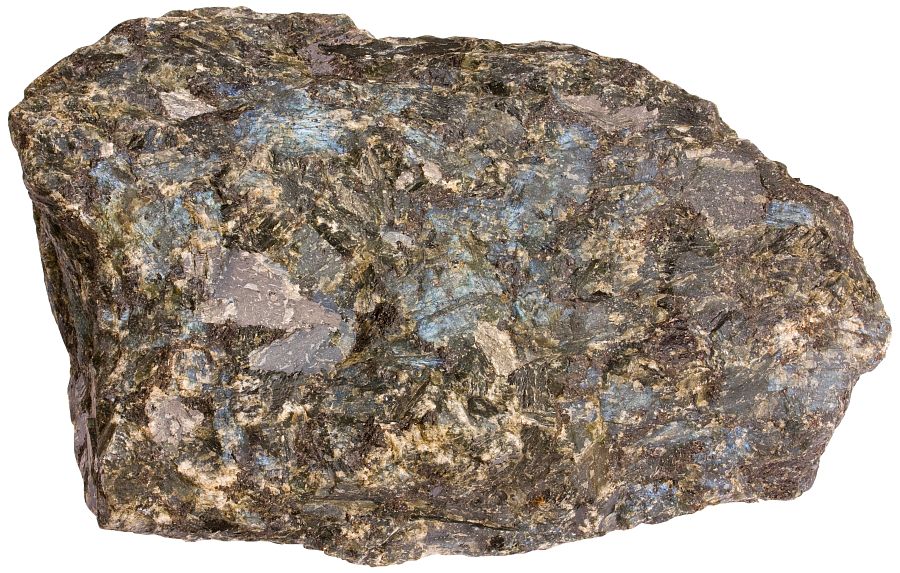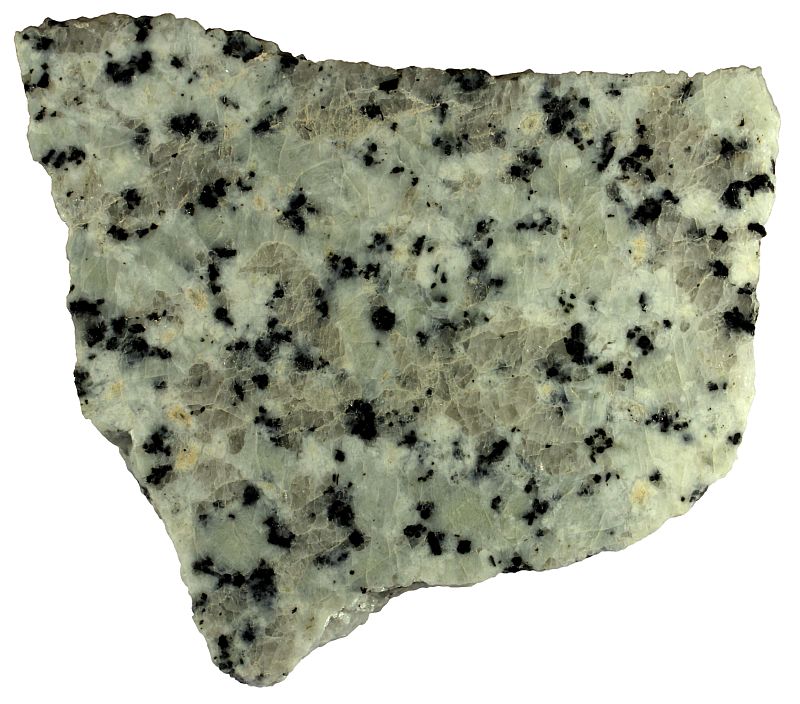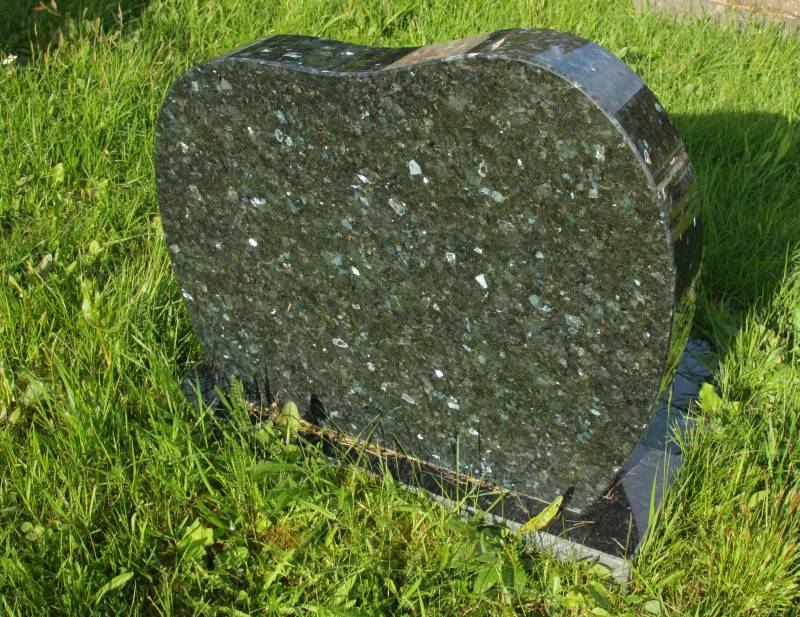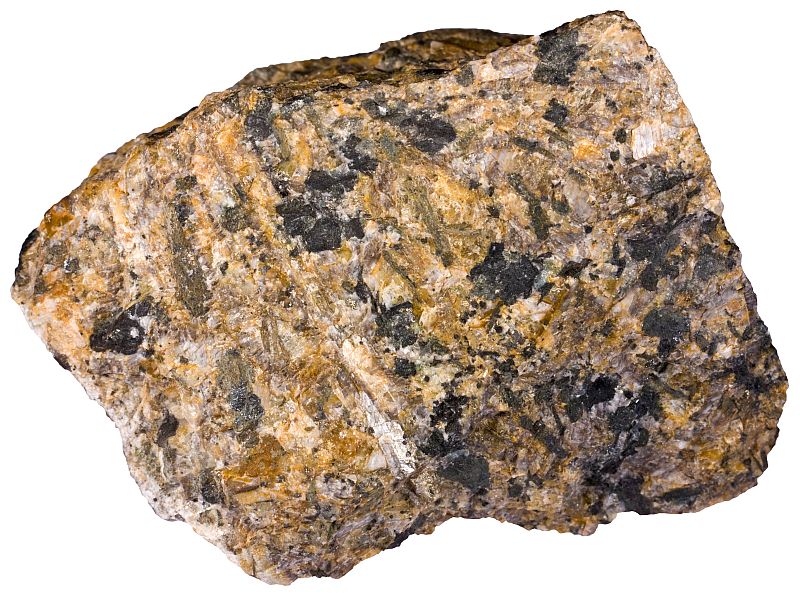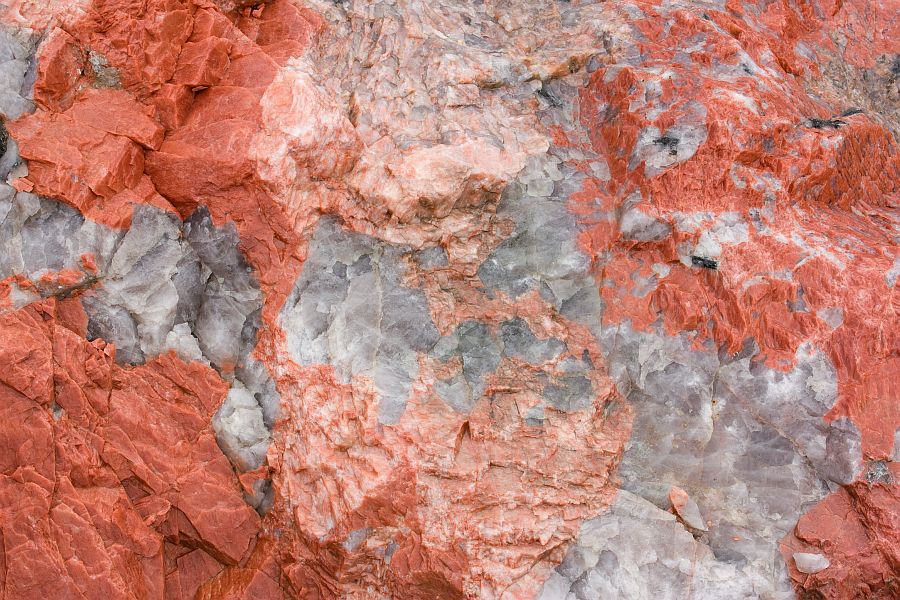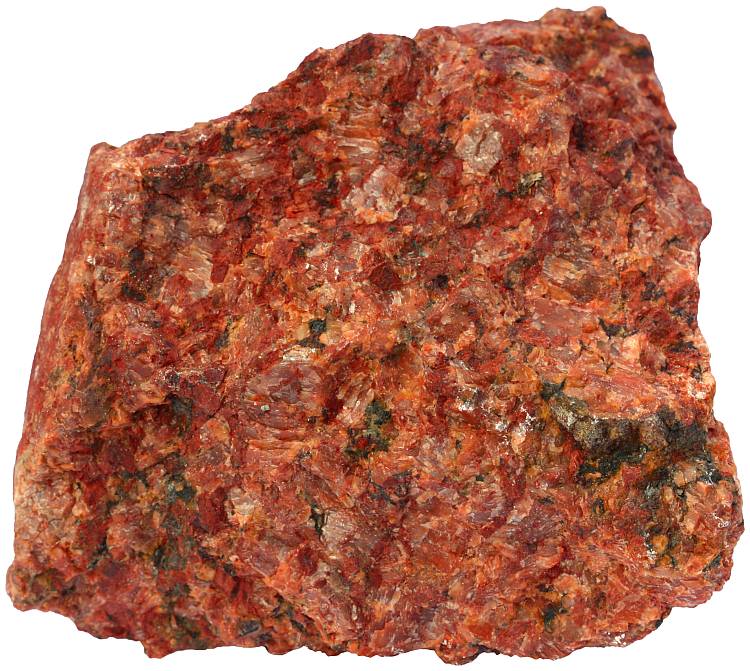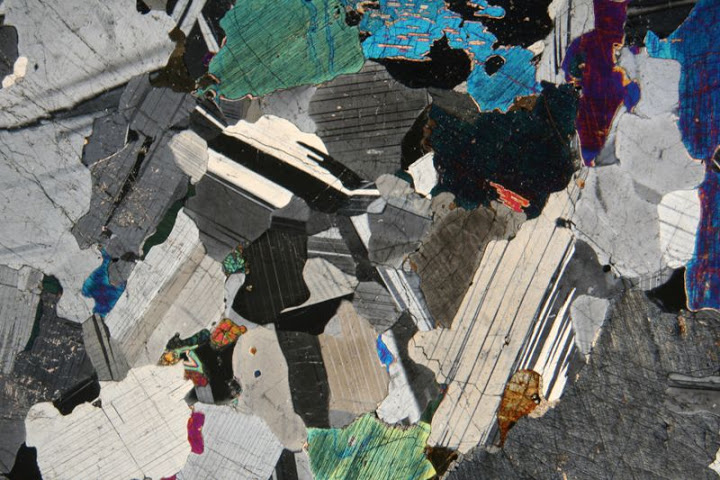Monzonite is a plutonic igneous rock intermediate in composition between syenite and diorite. Monzonite contains less quartz and more plagioclase than granite. Latite or trachyandesite are the approximate volcanic equivalents of monzonite.
It is a relatively uncommon rock type. It usually does not form its own plutons. Monzonitic magma most likely forms only a part of a generally more acidic (granitic) intrusions. Although monzonite itself is not a particularly well-known or widespread rock type, but it has given part of its name (monzo-) as a prefix to several other varieties of plutonic rocks (monzogranite, monzogabbro, foid monzosyenite, etc.).
This prefix means that there are significant amount of both alkali and plagioclase feldspars. Monzonite itself got its name after Monzoni in Northern Italy. Its godfather was a German geologist Leopold von Buch.
It may not be very widespread rock type, but the usage of the term “monzonite” is scarcer still. Many “syenite” and “granite” samples are actually monzonites. It may be partly due to the different traditions in Europe and North America which can create confusion. Quartz monzon. in America may be granite (monzogranite) or adamellite in Europe. “Adamellite” itself is unfortunately also ambiguous term. So the situation is really complicated and in my opinion it should be better for everyone if we all follow one classification scheme (shown below), although it definitely is not without its own problems.
Most important minerals in monzonitic rocks are definitely feldspars. Small amounts of quartz and feldspathoids may occur. Most important mafic minerals are biotite, augite, and hornblende. Sphene (titanite) and apatite are common accessory minerals. Feldspar is often perthitic (plagiopclase in alkali feldspar) or antiperthitic (alkali feldspar in plagioclase), which makes it harder to visually estimate whether the rock sample is monzonite or not.
Windsorite, ukrainite, masanite, sörkedalite, larvikite, vallevarite, amherstite, and kjelsasite are all varieties found in specific locations.
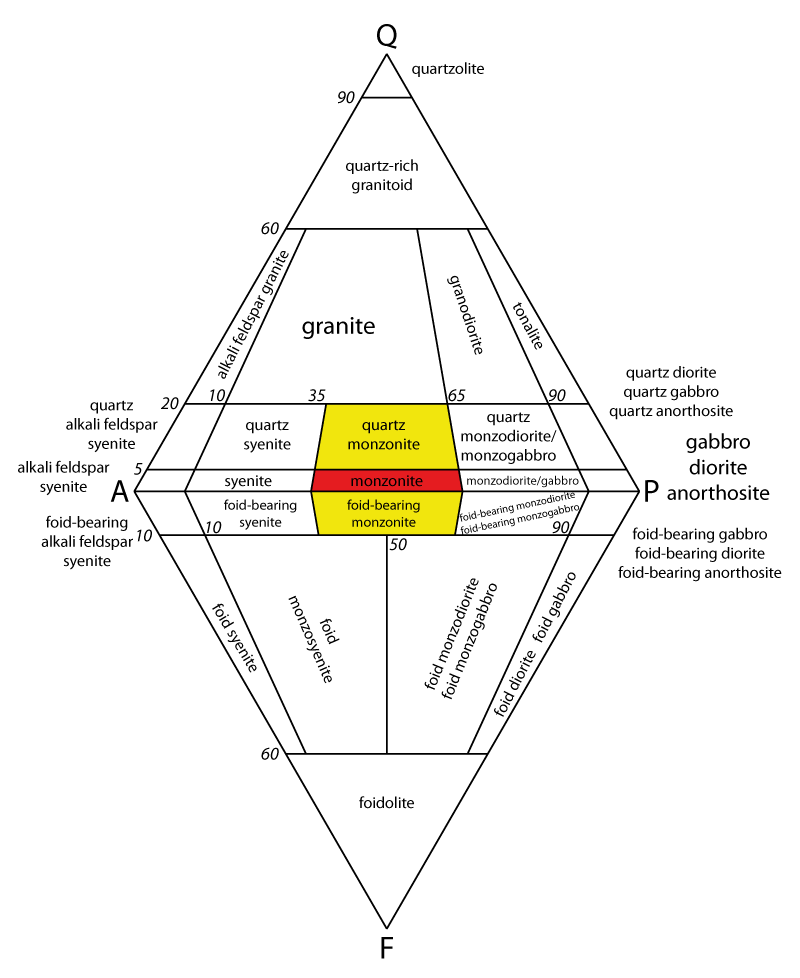
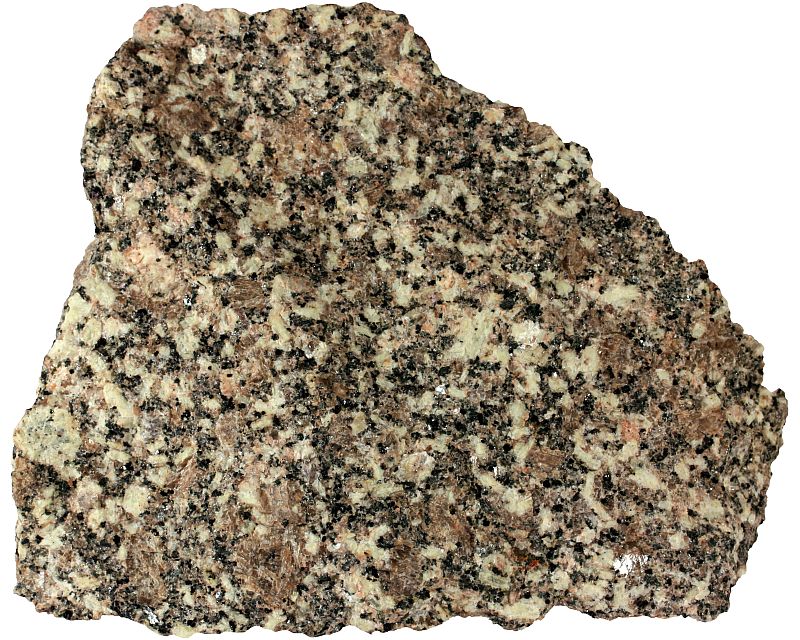
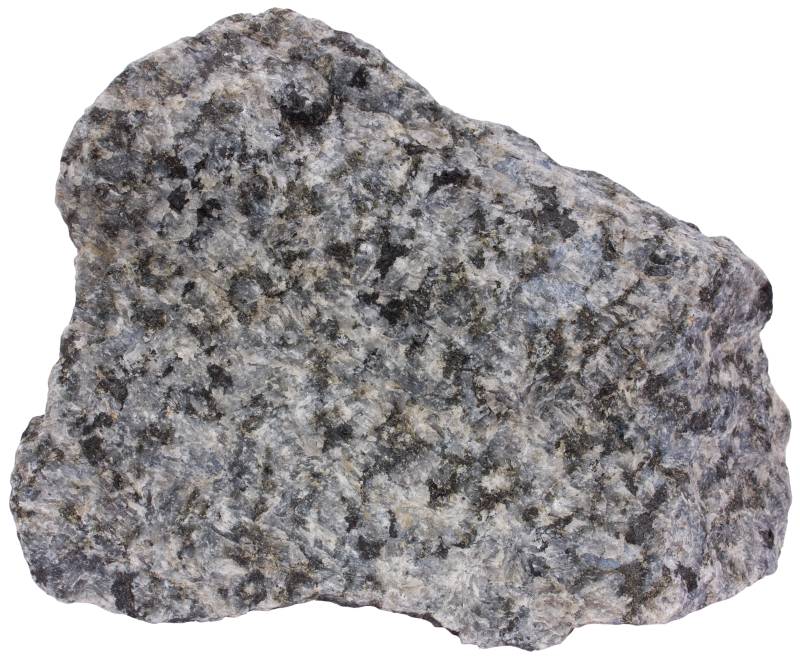
Larvikite is a variety from Norway. It is extensively used as a dimension stone because of the beautiful schiller effect. Larvik, Norway. Width of sample 17 cm.
